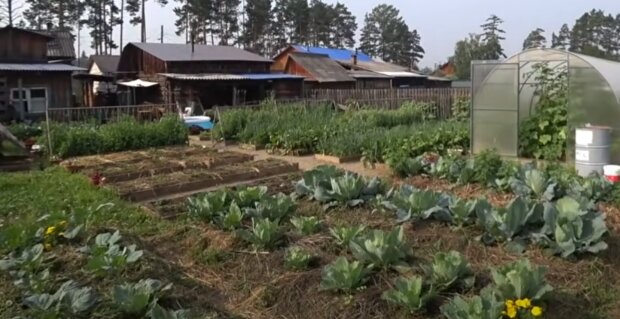To restore the soil after such conditions, specific measures need to be taken, but it is not advisable to apply all available fertilizers indiscriminately.
Start by assessing the soil's acidity using test kits available in stores. However, determining nutrient content is more complex, so the simplest way to rejuvenate the soil is by adding compost or manure. Additionally, planting cover crops, such as legumes or crucifers, can further enrich the soil.

Spring is the perfect time for loosening the soil, as it often becomes compacted after the snow and water melt. For deep aeration, a cultivator can be used, while raking is sufficient for surface loosening.
If the winter was dry and there was little precipitation, the soil may be too dry in spring, necessitating watering. After that, covering the garden beds with straw mulch can protect the soil from temperature fluctuations. Alternatively, agrotextiles can be used to prevent drying and erosion.